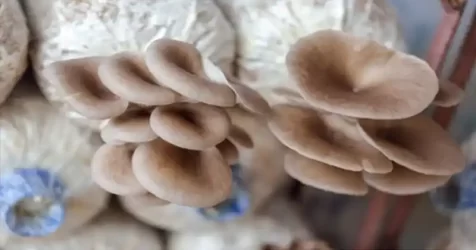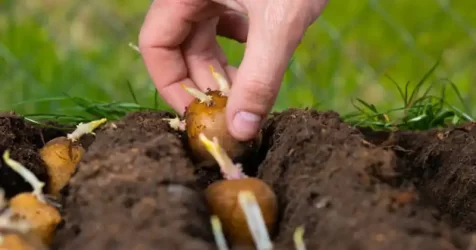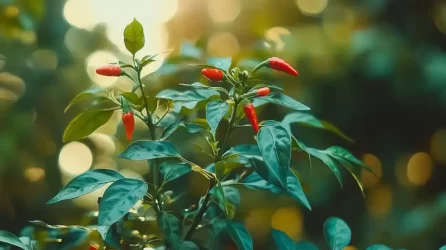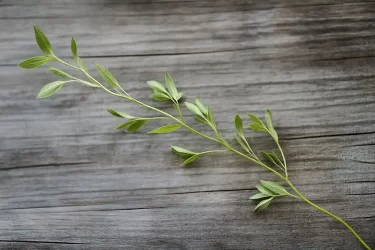Embracing Harmony: Japanese Style Companion Planting
Japanese style companion planting, also known as Niwaki, is a nuanced approach to gardening that emphasizes the balance and harmony between various plant species. Inspired by the principles of nature and aesthetics that underpin traditional Japanese gardens, this method goes beyond mere horticulture, offering a serene, symbiotic space where plants not only grow but thrive together. Here, we delve into the intricacies of Japanese style companion planting, presenting a detailed guide enriched with cultural wisdom and practical steps.
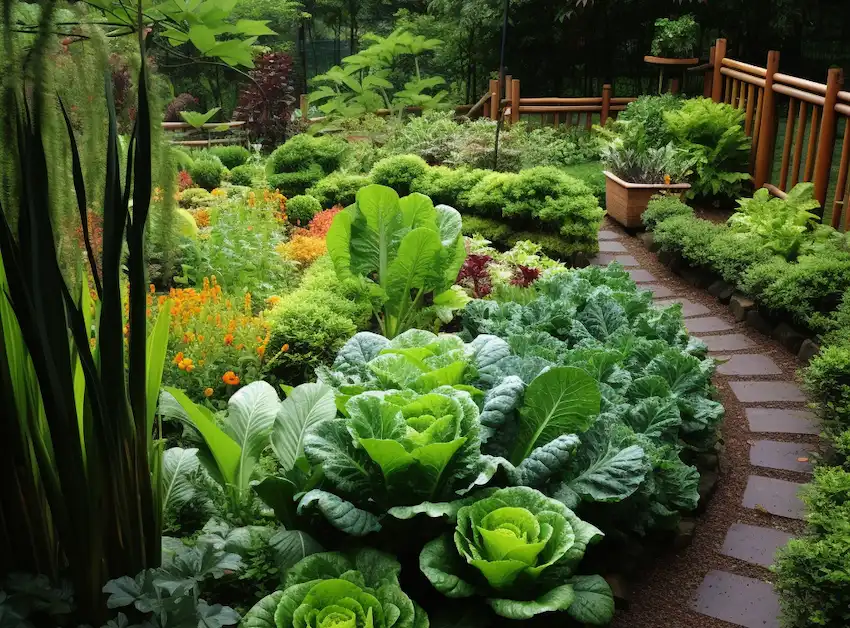
Understanding the Philosophy
Companion planting in Japan is deeply rooted in the philosophy of working with nature rather than against it. It respects the unique traits of each plant, recognizing that when certain plants grow together, they can enhance each other’s health and vitality. This method is not just about plant placement; it’s about creating a miniature ecosystem where every element has a purpose and contributes to the overall harmony.
1. Selecting the Right Plants
- Complementary Pairs: Choose plants that complement each other. For example, pair plants that attract beneficial insects with those that are prone to pests.
- Seasonal Considerations: Select plants that flourish in the same season for a garden that is vibrant and full of life throughout the year.
2. Understanding Plant Relationships
- Beneficial Neighbors: Some plants, like azaleas and camellias, benefit from being planted together as they require similar soil acidity.
- Natural Pest Deterrents: Incorporate plants like chrysanthemums, which are natural pest deterrents, to protect more vulnerable plants.
3. Creating a Balanced Composition
- Aesthetic Arrangement: Arrange plants not only for their compatibility but also for aesthetic balance. Consider height, color, and texture for a garden that is pleasing to the eye.
- Space Utilization: Japanese gardens are often small, so make efficient use of space by understanding the growth patterns and needs of each plant.
4. Incorporating Elements of Nature
- Water Features: Include small ponds or streams to add a calming sound and attract beneficial insects and birds.
- Rocks and Gravel: Use these elements to create a sense of permanence and structure within the garden.
5. Caring for the Garden
- Pruning and Training: Regular pruning and training of plants, especially trees and shrubs, are central to maintaining the intended design and health of the garden.
- Observation and Adjustment: Continuously observe the interactions between plants and adjust the garden as needed to maintain balance and harmony.
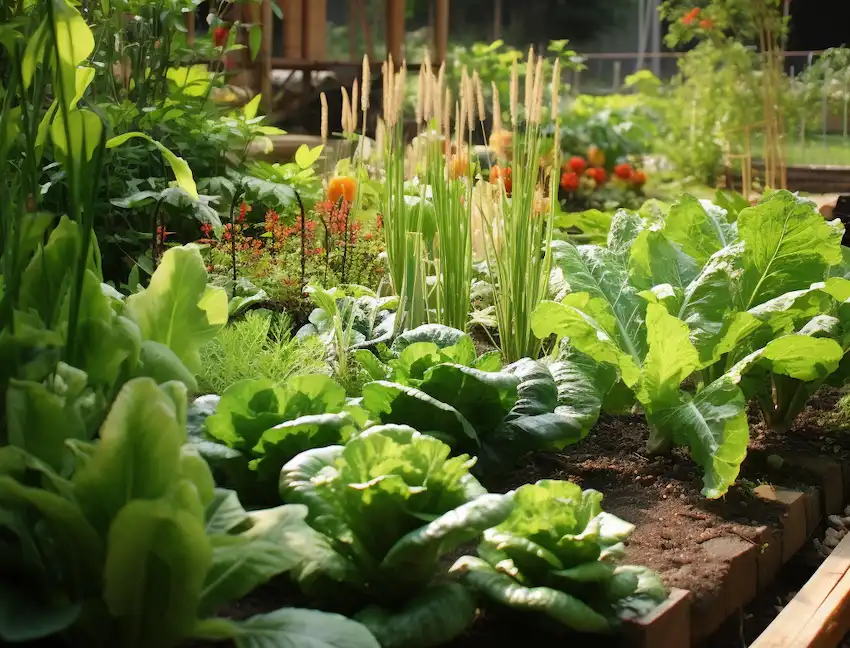
Step by Step Recipe for Japanese Style Companion Planting:
1. Planning:
Immerse yourself in the philosophy of Japanese gardening. Understand the principles of harmony, respect for nature, and aesthetic balance.
2. Plant Selection:
Choose plants that complement each other in terms of growth requirements, pest control, and aesthetics. Consider the seasonal changes and how different plants will interact.
3. Designing the Layout:
Design your garden layout carefully, considering the size, texture, color, and seasonal variations of each plant. Ensure each plant supports and does not hinder the growth of its neighbors.
4. Incorporating Natural Elements:
Integrate natural elements like water, rocks, or gravel to enhance the aesthetic appeal and maintain the ecological balance.
5. Planting:
Plant your garden according to the plan, ensuring each plant has the space it needs to grow. Pay attention to soil requirements and sunlight exposure.
6. Maintenance:
Regularly maintain your garden through pruning, training, and observation. Adjust the placement of plants if necessary to ensure each one thrives.
7. Harmony and Reflection:
Spend time in your garden, not just working but also enjoying and reflecting. A Japanese garden is a place of peace, beauty, and contemplation.
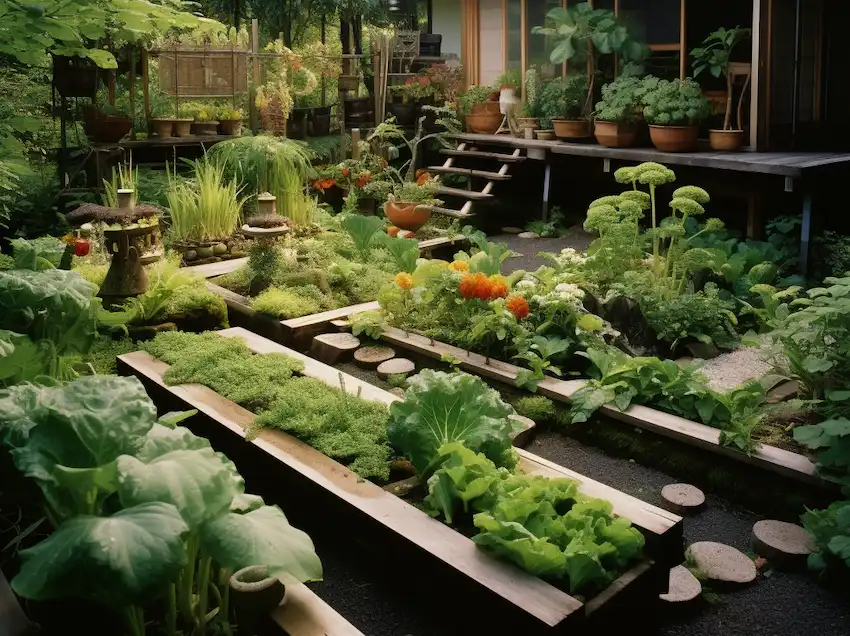
In essence, Japanese style companion planting is not just a gardening technique; it’s a form of art and philosophy. It invites you to not just look at your garden but to see it, not just to plant but to nurture, and not just to garden but to coexist. As you embark on this journey, may your garden become a living tapestry, woven with the threads of harmony, respect, and a deep connection to nature.
